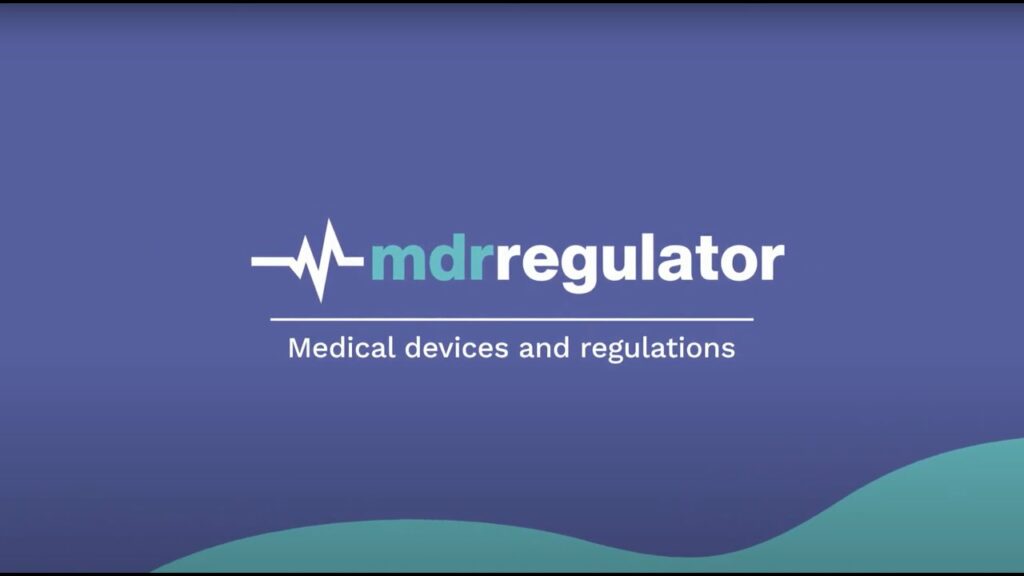Medical devices
Medical devices include a wide range of products. It is important that the medical device meets the definition of a medical device in Directive 93/42/EEC (MDD) or in the new Regulation 2017/745 (MDR).

What are medical devices?
A tool, instrument, device, software, material or other article, whether used alone or in combination, including software intended by its manufacturer to be used specifically for diagnostic or therapeutic purposes and necessary for its proper application, and intended by its manufacturer to be used in human beings for the purpose of human beings, shall be considered a medical device:
- to diagnose, prevent, monitor, treat or alleviate the disease,
- to diagnose, monitor, treat, alleviate or compensate for the effects of the injury or impairment,
- testing, replacing or modifying the anatomical structure or the physiological process,
- regulation of conception
– which does not achieve its principal intended action in or on the human body by pharmacological, immunological or metabolic means, but whose action may be assisted by such means.
Qualification and classification of the medical device
Before selecting the appropriate class, the product must first be qualified and classified in the appropriate product group. Once it has been ascertained that the device meets the definition of a medical device, it must be classified in the appropriate class, taking into account the time and type of patient exposure, the degree of invasiveness, the mode of administration, the presence of potentially hazardous substances.
How are medical devices classified?
Medical devices are classified into one of three classes. From the least invasive, Class I, including sterile or measured Class I, to Class II, Class IIa and Class IIb, to Class III. The higher the class, the more restrictive the conformity assessment of the product.
How to place a medical device on the market?
In order to place a medical device on the market, it must first be correctly qualified and classified. Then, its conformity assessment must be carried out and it must undergo certification, if required. The last step is to register the product with the Competent Authority. Our experts will provide a comprehensive service of placing a medical device on the market.
How to perform a clinical trial for a medical device?
Clinical trial for a medical device should prove the safety and effectiveness of the device. The Manufacturer need to conduct a clinical trial based on a study plan that will confirm the properties declared. An appropriate number of observations should be ensured, so that the test results are reliable and reliable. Then the assessment of all relevant properties of the device, including its safety and impact on patients should be presented. The study should be conducted in conditions similar to those in which the product will be used in practice. Appropriate testing procedures should be selected for the nature of the product. The trials should be conducted in accordance with ethical principles, respecting human rights and dignity and with respect to law requirements (MDR).
What is registration of a medical device?
After assessing the conformity of the medical device, marking the device with the CE mark, the manufacturer, the authorised representative shall notify the medical device to the Competent Authority. The fulfilment of the notification obligation allows the medical device to be marketed and used.
What is the new MDR Regulation?
Regulation 2017/745 (MDR) replaces current Directives 93/42/EEC and 90/895/EC. The MDR Regulation was created to develop detailed legal regulations that are in line with technological progress in the medical device market since 1993, when Directive 93/42/EEC became applicable.
What are the differences between MDD and MDR?
The new Regulation 2017/745 introduces a new position within medical companies – the person responsible for regulatory compliance (PRRC). In addition, the MDR Regulation implements countermeasures such as UDI codes, which contribute to better traceability of medical devices. With regard to Directive 93/42/EEC, the classification of certain devices is also being changed, so it is worth analysing the purpose of the medical device in cooperation with experts. Check all the differences between MDD and MDR.
When will the MDR take effect?
Regulation (EU) 2017/745 of 5 April 2017 was originally intended to apply from 26 May 2020. The COVID-19 pandemic delayed business efforts to adapt to the new rules, so the entry into force of the MDR Regulation was postponed to 26 May 2021.
Medical products and COVID-19
Medical devices play a key role in the fight against COVID-19. Medical masks, diagnostic gloves complying with the harmonised standards of Directive 93/42/EEC or Regulation 2017/745 effectively limit the spread of SARS-CoV-2.
Sale of medical devices without CE marking
Medical devices, like many product groups, are CE marked. The CE mark indicates that the device has undergone the appropriate conformity assessment procedure and is an indicator of quality, effectiveness and safety. The sale of medical devices without the CE mark is unacceptable and involves criminal liability for the manufacturer.
Links
- Act of 7 April 2022 on Medical Devices
- MDR Regulation (745/2017)
- Polish office for Registration of Medicinal Products, Medical Devices and Biocidal Products
- European Commission, medical device sector